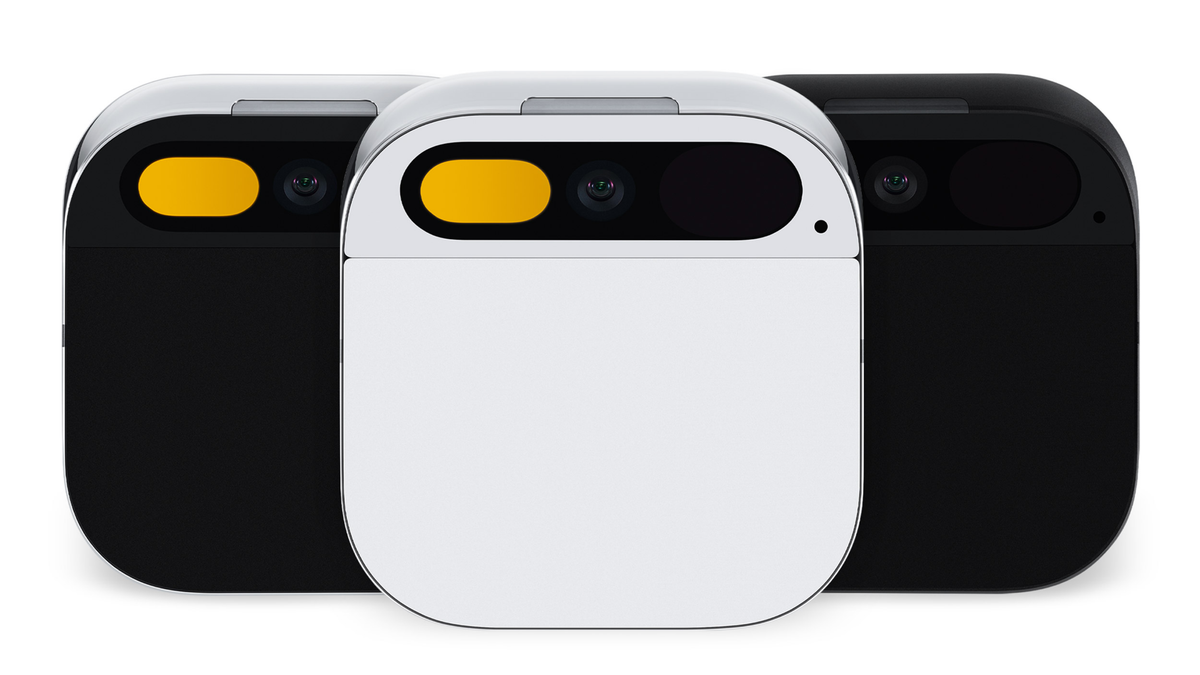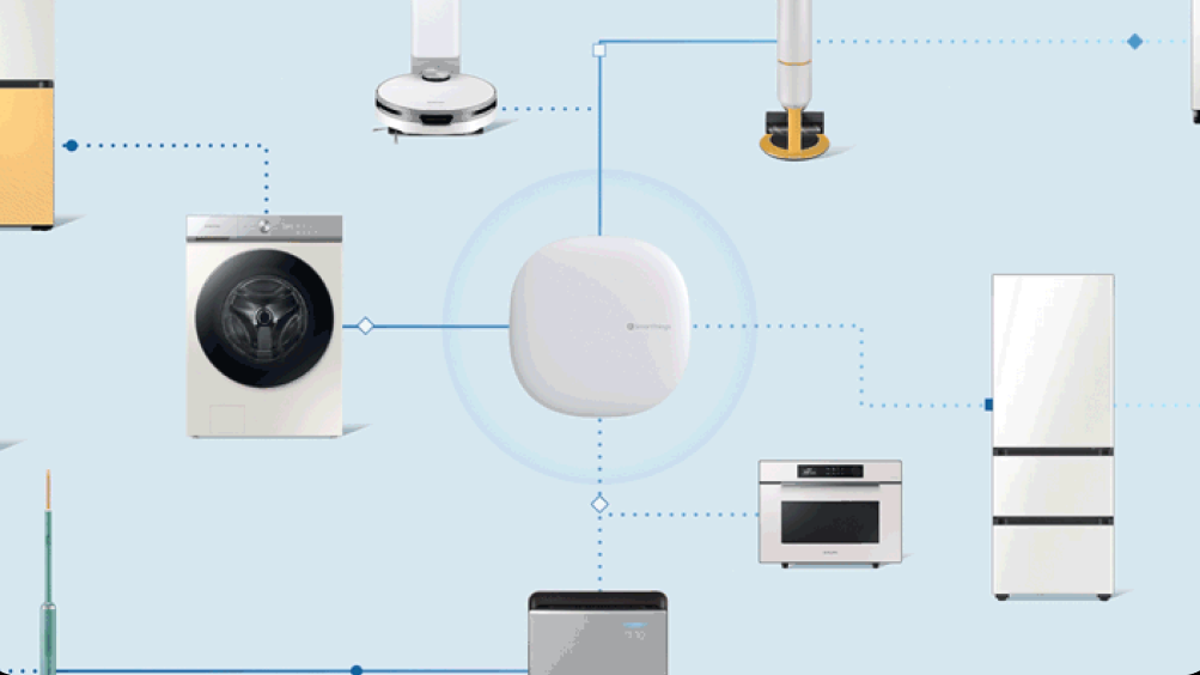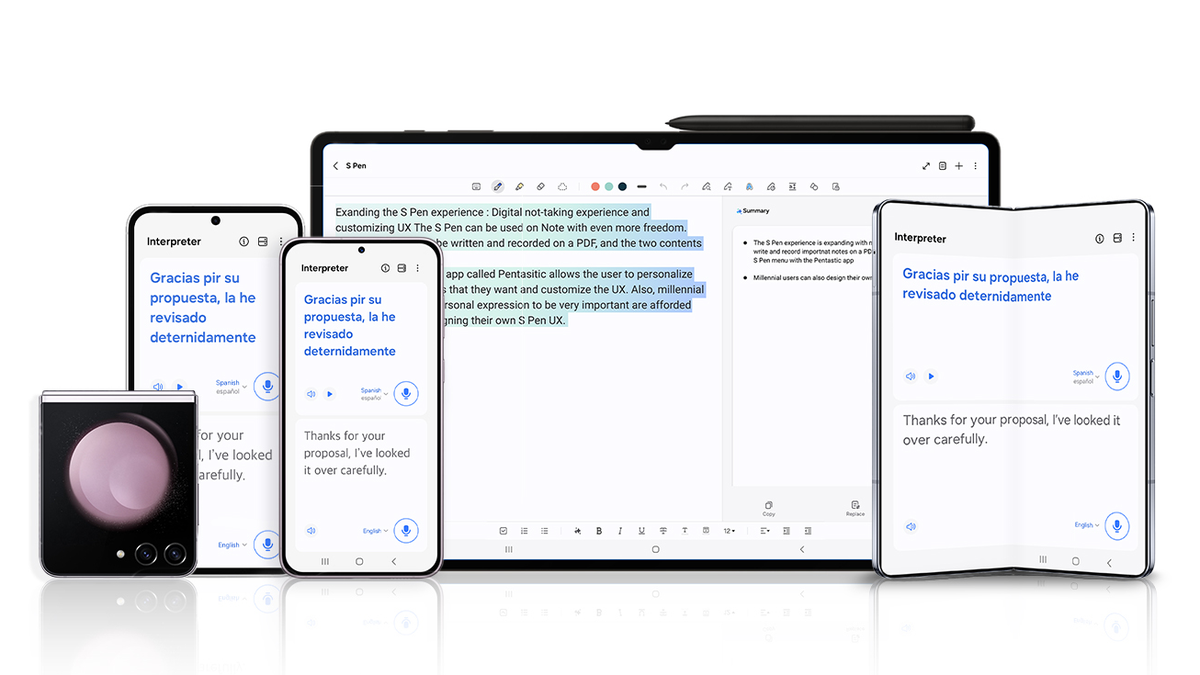The Humane AI Pin has been out for a few days, and to say the release has been divisive might seem like an understatement. Most reviews that have come out this past week have been lukewarm at best. Most who have used the Pin for a few weeks have noted the device is buggy, slow, and lacking a few features one would expect from a device that proposes to be your personal assistant, or in Humane’s words, your “second brain.”
While we still have to see what similar AI tech like the Rabbit R1 can truly do, the AI Pin and its ex-Apple development heads have caused enough of a stir that we now need to guess whether we’re truly heading toward a screenless world. Well, maybe not right now, but maybe one day, we won’t need any silly phones at all. Instead, we’ll all be ever-connected cyborgs sporting Star Trek communicator-like pins and Meta Ray-Ban glasses, trying to avoid floating ads like Pac-Man being chased by money-hungry ghosts.
Still, this is new technology and new territory, so even though it’s a costly little gadget, you may be thinking of picking one up to see if Humane can genuinely turn their Pin into—if not a replacement for your phone—at least a unique assistant-type device for firing off a few texts or pulling up your music library without digging into your pocket for your phone.
How Much Does the Humane AI Pin Cost?
Sure, the Pin itself is expensive, but you should consider the monthly payments for the data and music services you’ll need to pay out. Currently, the AI Pin sits at $699 for the base Eclipse model. This version includes a matte black main body and a glossy battery booster pack, which connects to the device on the underside of whatever clothes you pin it on. There are two more expensive versions up for sale as well. The white Lunar and black Equinox renditions also sport a chrome frame.
Each Humane Pin has a charging pad, almost like a MagSafe charger, and a charging case that works like a Bluetooth headphones pod that can charge your devices. Each also comes with a USB-C cable and a pair of battery “boosters.” The device has an internal battery, but the boosters can be swapped out to extend its life. Reviewers mentioned that battery life isn’t great, especially if you plan to use it throughout the day. The Verge claimed their device ran out of juice in five hours while sitting in their backpack and was not being used.
But even after you pay for the device itself, you’re not entirely done. Everybody who wants to use the Pin needs to pay $24 for a T-Mobile unlimited data plan that also includes cloud storage. You get a personal phone number with the PIN, and if you want to do any international roaming, that will cost more depending on your days abroad. A single day costs $5, while every 30 days will incur a $50 fee. Recognizing whether or not T-Mobile covers where you live is important. If the service is spotty, you won’t be able to access most or any of the AI Pin’s features.
In addition, to play music through the AI Pin, you need a Tidal account. No other players are available, and Tidal is the sole music partner for those wanting an AI pin. An individual Tidal plan costs $11 per month, though students may only need to pay up to $5 monthly instead.
While the device has been fully released, the company says those who didn’t preorder will start to see their devices hit their mailboxes sometime in May.
How Are You Supposed to Control the Human AI Pin?
The AI Pin uses touch, voice, and a projection interface for all its UI. There’s no screen, though that means putting in a WiFi password or going through the system settings might be more cumbersome than you’re likely used to.
Unlike a phone, you don’t need to pull up the device, unlock it, and scroll to the right app before you can do what you want; the AI Pin should be able to handle that for you. However, it’s not guaranteed to be faster than any phone experts. Press and hold the touchpad to access voice control until you hear a chime. To access translation, you use two fingers and hold before hearing a separate sound, and then you start talking. Other gestures like scrolling will raise or lower the volume, and double tapping on the pad will snap a photo.
The Pin’s so-called “Laser Ink Display” is a projection that is supposed to be read on the user’s palm. This projection is a 720p display with text in bright greens and whites and a large font. It’s only usable at a distance between 7 to 14 inches away from the device, and it’s not meant to be projected on any wall in front of you. Reviewers also noted that the projection is very difficult to see in direct sunlight, meaning you’ll need to find some shade to use outdoors.
This projector includes a home screen with several of the most-used functions, such as weather, music, messaging, or calls. This system has separate gesture-based controls. Rolling your palm should help you hover on different utilities while tapping your finger and thumb together should select apps akin to the Apple Watch’s double tap.
What Can the AI Pin Do and Not Do?
Though Humane has said it doesn’t want to be a direct replacement for your phone, the AI Pin does handle many features you expect your Android or iPhone to do, though in a much more hands-off way. The Pin can do texts and calls, take notes, and capture video and photos through its 12 MP camera. That camera can capture 1080p video at 30 FPS and images at a maximum resolution of 4160×3120. It likely won’t be your primary picture snapper, but it was never going to be so, considering it will be strapped to your clothes during use.
You may be disappointed if you pick up Humane’s AI Pin and expect an experience like a far more reactive Siri. Currently, the Pin does not have any ability to set time-based reminders or even schedule timers or alarms. It can’t look up events on your calendar apps or offer directions. Those are all planned features that could come sometime this summer, though there’s no guarantee when or how those functions will roll out.
Humane has a dedicated page to its roadmap, which does a good job of saying which features are currently on-device and which are still incoming. Stuff like photo sharing via SMS, support for playlists, Google Places, and voice translations are currently in development, according to the company.
You also should know what reviewers have said about the device’s speed. Videos from those who have used it show that sometimes the device can take several seconds to process a request, occasionally taking up to 10 seconds to do a simple task like sending a text message. The device’s vision capability is also sometimes spotty, and some reviewers noted that the device’s AI can stretch the truth. One reviewer noted that the device mistook a temple in Thailand for one in Cambodia. At the same time, another asked it to name the logo of a micro-mobility company but gave the name for a completely different company.
Humane has said it is working on its model so the AI responds faster and more accurately. Currently, the device processes some of the AI on-device, but the rest—or really the majority—is handled in the cloud.
Want more of Gizmodo’s latest consumer electronics picks? Check out our guides to the best phones best laptops, best TVs, and best headphones. If you want to learn about the next big thing, see our guide to everything we know about the iPhone 16.








